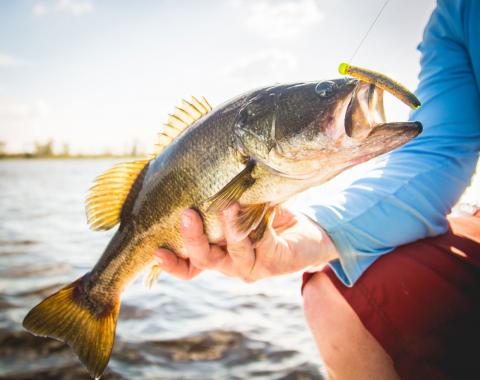Bob Humphrey | Originally published in GameKeepers: Farming for Wildlife Magazine. To subscribe, click here.
- Stages of Antler Growth
- What is Antler Genesis?
- Why Do Deer Have Antlers?
- How Fast Do Deer Antlers Grow?
- What Makes Deer Antlers Grow?
- When Do Deer Antlers Grow The Most?
- How Do Deer Antlers Grow?
- Why Do Deer Grow New Antlers Every Year?
- Why Do Deer Antlers Fall Off?
- What Can We Do to Help Grow the Healthiest Deer Possible?
Antler Growth Stage 1: The Young Buck’s Antlers
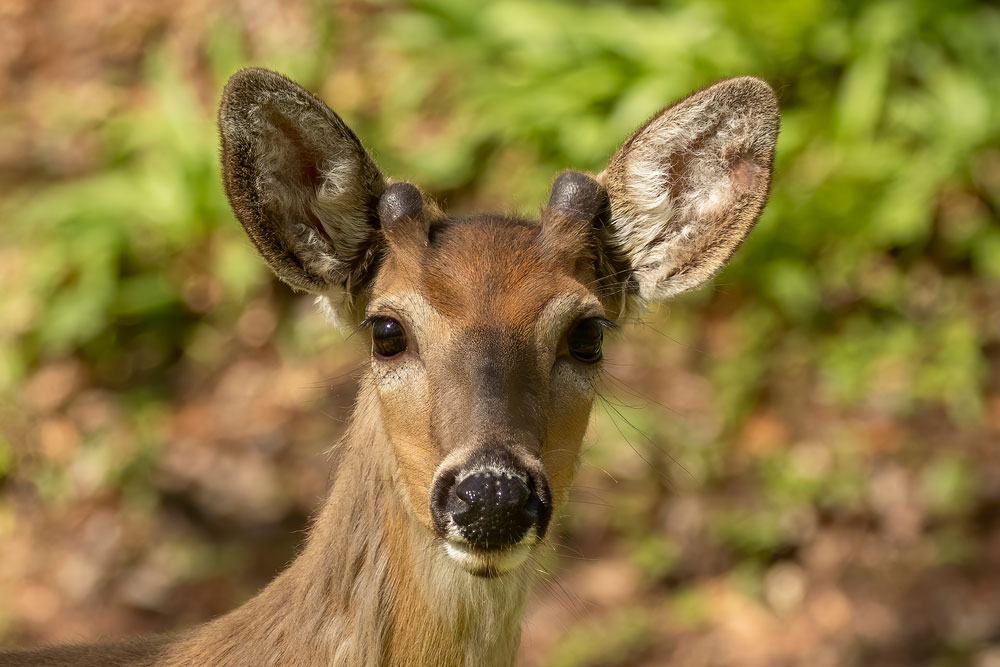
The process of antler growth starts very early in a deer’s life. In fact, cells of the frontal bone begin differentiating into something called the antlerogenic periosteum in the embryonic stage. As a result, a young buck is born with tiny pedicles, hidden under the skin of his forehead. Over the first few months of his post-natal life those pedicles form spongy, highly vascularized bone with an abundant network of vessels that serve as a conduit for nutrients to the developing antlers and will characterize the antler growing process for the rest of his life.
How fast and how much antlers grow in the first year can vary with conditions and age, and among individual deer. By their first autumn, buck fawns often sport hair-covered bumps or protuberances on their forehead. Sometimes, sparser hair and oily secretions make these bumps appear as leathery buttons - thus the term, “button buck.” Occasionally, tiny “spikes” of bone may actually protrude through the skin. This may be the case where does are bred early during the rut and their fawns are born a month or more before their cohorts the following spring, giving them a little extra time for “antler” growth. In any case, growth ceases during the fall, but will begin again as soon as the day’s start getting longer.
Antler Growth Stage II: Velvet Antlers
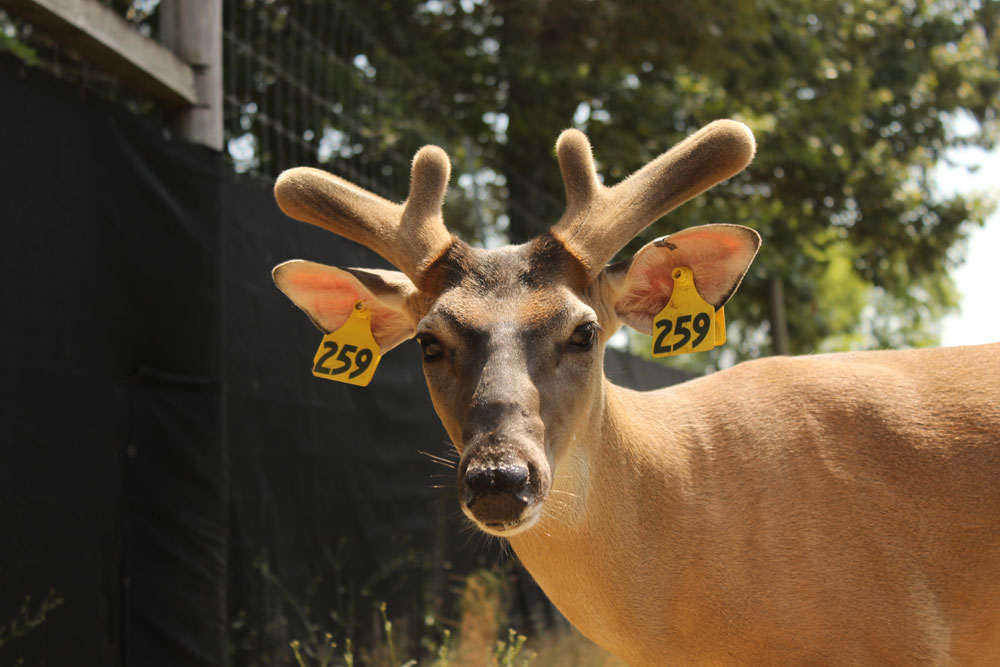
It is in his second spring that a buck’s antler growth really kicks in. Changes in photoperiod (amount of daylight) prompt the pituitary gland to produce growth hormones. This triggers the release of Insulin-like Growth Factor (IGF), which ultimately stimulates antler growth. The process starts slowly, but increases as the days grow longer.
During this period antlers are living, growing tissue. In fact, they’re among the fastest-growing forms of tissue, capable of growing up to an inch or more per day during peak periods. Inside they’re made up of cartilage, nerve tissue and thousands of blood vessels. Vestiges of the antler's circulatory system can sometimes be seen in the hardened antlers in the form of shallow, branching grooves. Outside, they’re covered with hairy skin, called "velvet."
Under this velvet, the growing antler consists of two types of bone. The outer layer is a harder, denser compact bone that provides strength and structure to the growing ornaments. The inner layer is the highly vascular spongy bone, which allows transport of nutrients and hormones. This is why when you find a buck that died before antler growth ceased, possibly from a disease like EHD, its antlers seem light and almost hollow.
There are many physiological factors that contribute to antler growth, the details of which are not important for our discussion. Suffice to say, photoperiodism stimulates the production of hormones like testosterone and yes, estrogen, which trigger accelerated antler growth. The rate of growth is ultimately influenced by nutrition, which includes protein, energy and minerals.
According to several studies, the proportion of protein in a buck’s diet has a profound effect on antler growth. French et al., found that yearling bucks fed 16 percent protein grew much larger antlers than those fed five or even 10 percent. There also seems to be an age difference, with younger bucks requiring more protein. Older bucks may be able to achieve good antler growth with as little as 10 percent, but the overall recommendation is at least 16 percent. This is why warm-season plots and supplemental feed are so important to promoting antler growth.
Next comes energy. All life depends on maintaining a proper energy balance - taking in more than you expend. Fortunately, antler growth occurs at a time when energy is most available and least expended. There’s not much a manager can, or needs to do to enhance it beyond perhaps controlling predator populations. In addition to the direct effect of predation, the mere presence of predators increases energy demands as deer must be more vigilant and expend more energy to avoid them. You should also keep other disturbance like human intrusion to a minimum.
Last, but certainly not least, is minerals, and this is where things really get interesting. Scientists have researched the subject extensively but still don’t know a lot about mineral requirements for antler growth. What we do know is that because they make up a significant proportion of the final product, calcium and phosphorous are key elements. Other trace minerals like manganese, copper, zinc and selenium likely also play some role, though to what extent is unknown. We also know that selenium is present in higher concentrations in velvet and the growing antler tips. We just don’t know why yet.
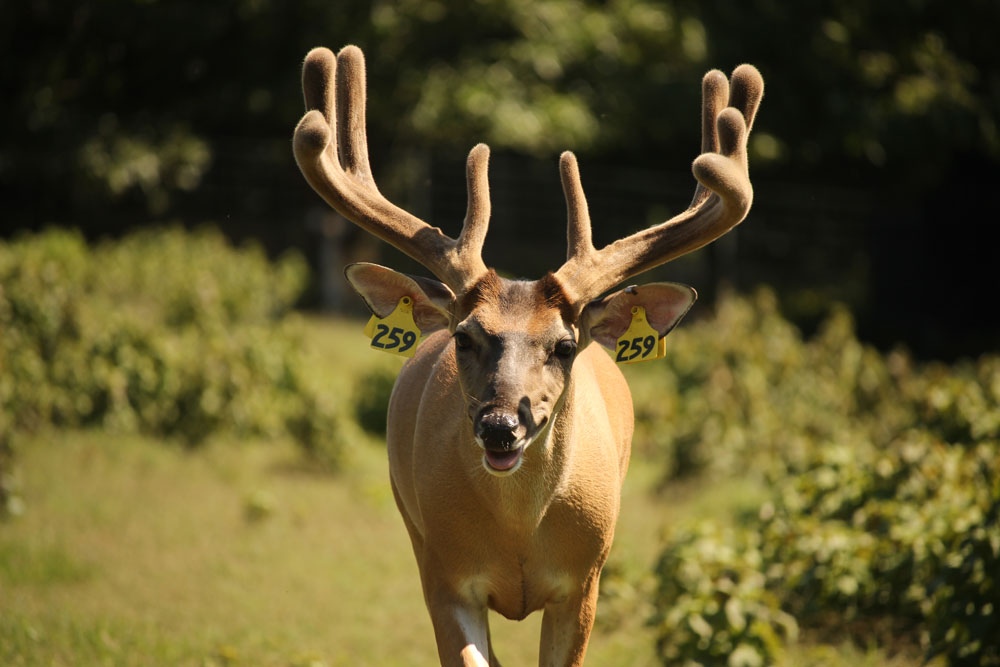
This is why soil is so important, and why you should test your soil and follow the recommendations. Plants take up minerals and other nutrients from the soil. The richer the soil, the richer the plants. Deer then eat those plants and convert their nutrients into useable form for various bodily functions, not the least of which is growing a crown of antlers.
However, the path from soil to antler is indirect. The process of converting these elements into bone is called mineralization. And even when minerals are abundant in the environment, much of what goes into antlers is mobilized from other parts of the skeleton. During peak antler growth periods, bucks may experience a 20 percent decrease in mineral content in other bones.
This, in part, explains why there is typically a big jump in antler growth between age three and four. By age four a buck is mature. His skeleton has stopped growing and no longer requires as much mineral nutrients. Antlers are still a luxury, but any surplus minerals not needed for normal body function can now go directly to antler growth.
This is also why age is such an important factor in antler growth. A buck can’t really begin to realize its full genetic potential for antler development until at least age four. Maximum antler size is usually achieved between age five and seven. After that a buck reaches senescence and a period of gradual deterioration. But we’re getting ahead of ourselves.
Antler Growth Stage III: Velvet to Bone
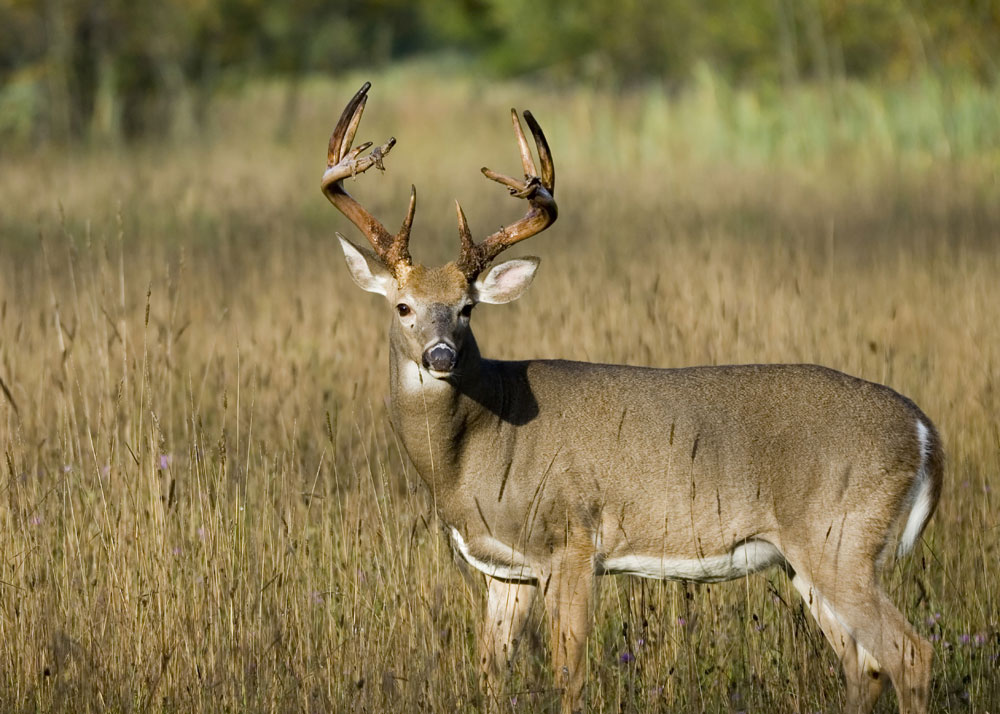
The process of mineralization occurs largely toward the end of the annual antler growth cycle. Photoperiodism - in this case shortening day length - again plays a role, stimulating the pituitary gland to increase secretions of testosterone. This triggers the mineralization process as soft antler tissue is converted to bone when minerals are deposited within the matrix of cartilage and blood vessels. A once diffuse vascular system solidifies, cutting off the supply of blood and minerals. The antlers and their velvet covering literally die. Velvet sloughs off completely within about 12 hours, leaving the dead bone of the completed rack behind.
Exceptions do occur and are usually the result of injury, often to the testes, or sometimes the result of retarded testicular growth. In these cases, bucks may grow antlers but don’t get the secondary rush of testosterone necessary to abate growth. Afflicted bucks, sometimes called “stags” may retain their velvet-covered rack. This is also sometimes the case with deer erroneously labeled as antlered does. They may actually be bucks whose secondary sex characteristics (penis and testes) never fully formed.
Antler Growth Stage IV: Casting Off
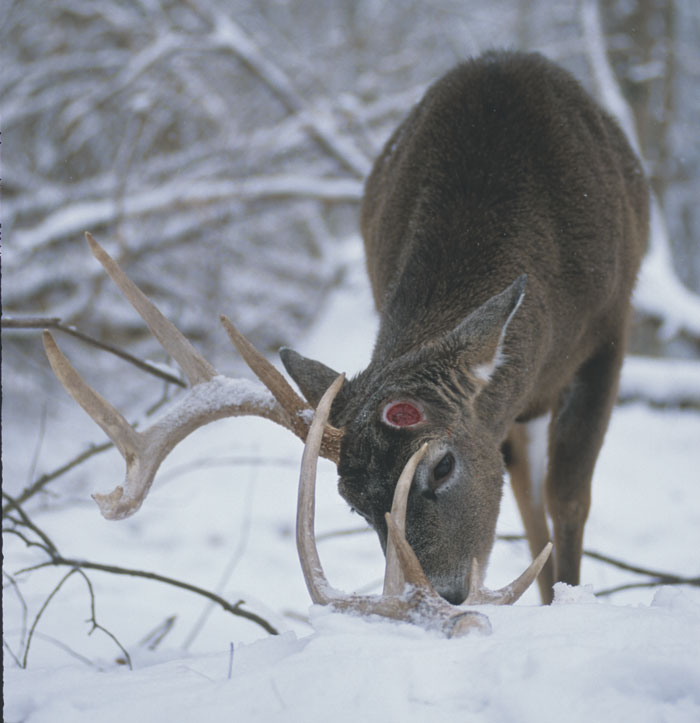
Antlers have many interesting characteristics but one of the most fascinating is that, like leaves on a hardwood tree, they are deciduous. In an annual cycle they are grown, cast off then regrown again. Once the breeding season is over their purpose is served. In cold climates they act as radiators, drawing valuable heat energy from the body and retaining them only wastes valuable energy. Eons of natural selection have determined that it is more energy efficient to cast them off and grow a new pair than to carry them over the course of a lifetime, like horns.
Yet again, photoperiodism plays a role. Waning daylight signals physiological changes and the buck’s body begins drawing antler minerals back in, rendering the tip of the antler pedicle more brittle and porous. Eventually, a specialized layer of cells called osteoclasts forms at the abcission line between the pedicle and antler base, ultimately degrading the point of attachment until the antlers simply fall off. They cycle is complete but will begin again as the sun slowly increases its duration in the sky.
Most folks know the three main factors in antler growth are age, nutrition and genetics. As managers we can really only influence two. By providing proper nutrition and letting bucks to reach maturity we allow them to reach their maximum genetic potential. And it is the genes that ultimately determine the size, shape and configuration of a buck’s antlers. Like snowflakes, each set is unique, which is partly why we are so fascinated by these miraculous works of nature’s art.
What is Antler Genesis?
Why Do Deer Have Antlers?
How Fast Do Deer Antlers Grow?
What Makes Deer Antlers Grow?
When Do Deer Antlers Grow The Most?
How Do Deer Antlers Grow?
Why Do Deer Grow New Antlers Every Year?
Why Do Deer Antlers Fall Off?
What Can We Do to Help Grow the Healthiest Deer Possible?
Mossy Oak’s GameKeeper Podcast, Episode 1 features Dr. Bronson Strickland of Mississippi State University Deer Lab. He discusses antler genesis and what we can do to help grow the healthiest deer possible. Listen below:















